It is the largest institution in the country in the field of astronomy, astrophysics and the space science with a long professional tradition. The research covers a wide range of topics; from the immediate environs of the Earth, stars, exoplanets, to distant galaxies and black holes in their cores.
The research activities are carried out in four scientific departments (Solar, Stellar, Interplanetary Matter, Galaxies and Planetary Systems).
The AI ASCR is involved in a broad international cooperation, in recent years carried out namely in the frame of the European Southern Observatory (ESO), the European Space Agency (ESA) and Seventh Framework Programme (FP7), and in many bi-lateral collaborations with partner institutions in Europe and overseas.
The research staff at the AI ASCR is composed from experienced researchers in various branches of astrophysics. Since the institute is oriented to basic research the main scientific output is in the form of many (around 100 per year) original papers published in the international impacted peer-reviewed journals. The senior researchers also take part in teaching at universities, namely the nearby Charles University in Prague.
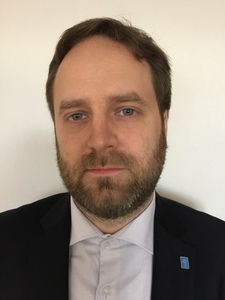
PI main coordinator
He is the PI of the Erasmus+ project located at AI ASCR, CZ. His main sceintific interest is exoplanetary science.
Petr Kabath focuses on measurement of radial velocities of exoplanetary candidates and on detection and characterization of exoplanetary
atmospheres. Before taking up the position of research scentist at Astronomical Institute ASCR, he was working at European Southern Observatory
as a Postdoctoral Fellow and a staff astronomer at Paranal observatory for nearly 6 years.
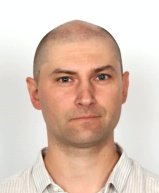
He is a senior postdoc at AI ASCR, CZ. After obtaining his PhD at Masaryk University in Brno, CZ, he spent two years at Konkoly observatory, HAS, Budapest, HU. His expertise are stellar pulsations, binary stars with pulsating component, and time-series analysis. Currently he works on spectroscopic follow-up observations of exoplanetary candidates.
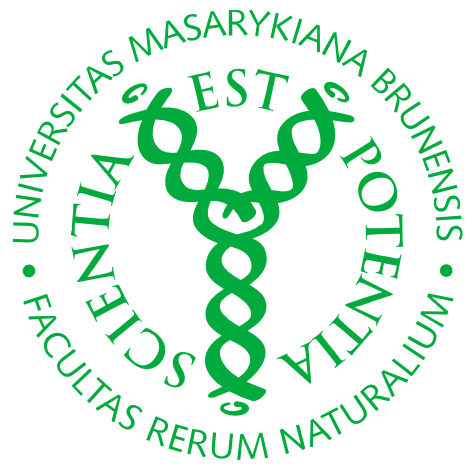
The Astrophysics Division supports the Physics - Astrophysics bachelor's degree programme and it offers complete general undergraduate and graduate courses in astronomy, astrophysics and cosmology as well as advanced courses due to research fields of our staff members as follows:
We focus on particular problems in physics of hot stars and systems of stars with hot components. Research of our division also remarkably contributes to general understading of stellar magnetic field geometry and its connection to formation of spectroscopic and photometric spots and zones respectively observed on surface of so-called chemically peculiar (CP) stars. We perform detailed observational and theoretical study of hot stars without assumption of local thermodynamic equilibrium and involving models of stellar winds.
The Astrophysics Division can acquire its data using the newly acquired AZ800 telescope, which is located at the Oldřich Kotík Observatory and Planetarium in Ždánice, as well as the former 60 cm diameter Univesity telescope, which the Brno Observatory and Planetariumnow own.
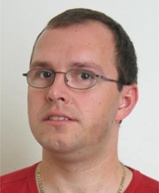
Coordinator UTFA
He is dedicated to astronomy not only as scientists and data analyzer, but also from the position of active
observer (photometry and spectroscopy). He often go to observe in Chile, South Africa, Russia or neighboring Poland. He smainly studies
variable stars, especially chemically peculiar stars and eclipsing binaries, his scientific activity was directed at the (in many respects
for Statistics interesting) open clusters. His vast experience in optical astronomer he passes to students inteaching General Astronomy
and Astronomical observations, moreover, he leads and undergraduate seminars.

He is doing classical stellar astrophysics, trying to tie together observations and models on solid statistical grounds. Besides the study of variable and chemically peculiar stars as well as star clusters, he has done a lot of spectral classification work including the UV and NIR region. Since 20 years, he is using the three narrow-band Delta photometric system to search for peculiar stars. He extended its original intention to study field stars and open clusters in the solar neighbourhood to globular clusters, the Magellanic Clouds, and Galaxy clusters. Another important part of his work is dedicated to data bases, data mining, pipeline software, and virtual observatory. Several data base, for example, are already established at our institute and being very frequently used by the community. Furthermore, doc. Paunzen is also involved in several space based satellite missions like BRITE, CoRoT, and MOST.

He deals with the application of fluid dynamics, statistical physics and radiation transfer equation in the atmosphere, stellar winds and hot environments of stars. He studied numerous hot objects, among others for example, hot main sequence stars, supergiants, chemically peculiar stars, central stars of planetary nebulae or first stars in the universe. He created his own programs for modeling stellar winds of hot stars, draining disks of rapidly rotating stars and variability of chemically peculiar stars.
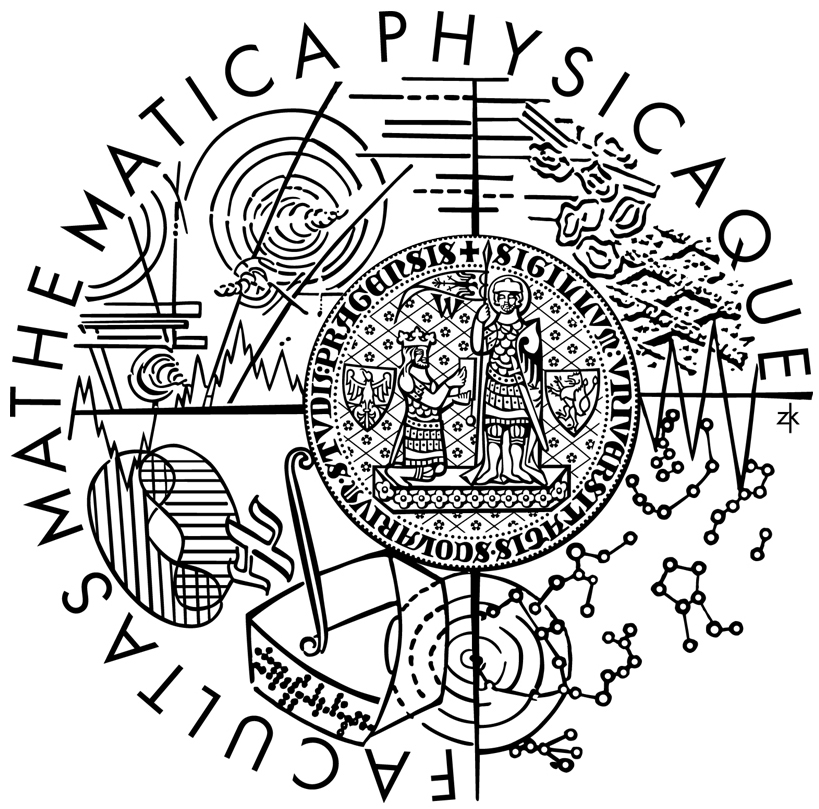
The Faculty of Mathematics and Physics of Charles University strongly supports and motivates researchers to take part in the Horizon 2020 or any other scientific, technological, or educational programmes. It is the most productive scientific institution creating about 7% of the total "scientific power" of research organizations in the Czech Republic.
Astronomical Institute of Charles University (AI CU), part of the Faculty of Mathematics and Physics, is one of leading institutes in asteroid physical characterization and shape modelling and has good international reputation in planetary science in general. AI CU has granted access to the 65cm Mayer and 60cm Blue Eye telescopes that are used for optical observations of asteroids and eclipsing binary stars. The research activities of AI CU scientists are broad and include solar physics, stellar multiplicity, dynamics of galaxy center, history of astronomy and physical and dynamical studies of asteroids.

Coordinator
He is a research scientist at the AI CU. His main expertise is physical characterization of asteroids that includes determination of spin
states and shapes from disk-integrated photometry, but also sizes, albedos and surface characteristics from the thermophysical modelling of the thermal infrared data.
He also reconstructs 3D shape models of asteroids from combined disk-integrated and disk-resolved observations. He is involved in the ESO's Large program
(PI Pierre Vernazza), in which ESO awarded about 150 hours of observations with the VLT/SPHERE instrument to obtain disk-resolved images of 40 asteroids.
He is leading the shape modeling working group of this Large program.
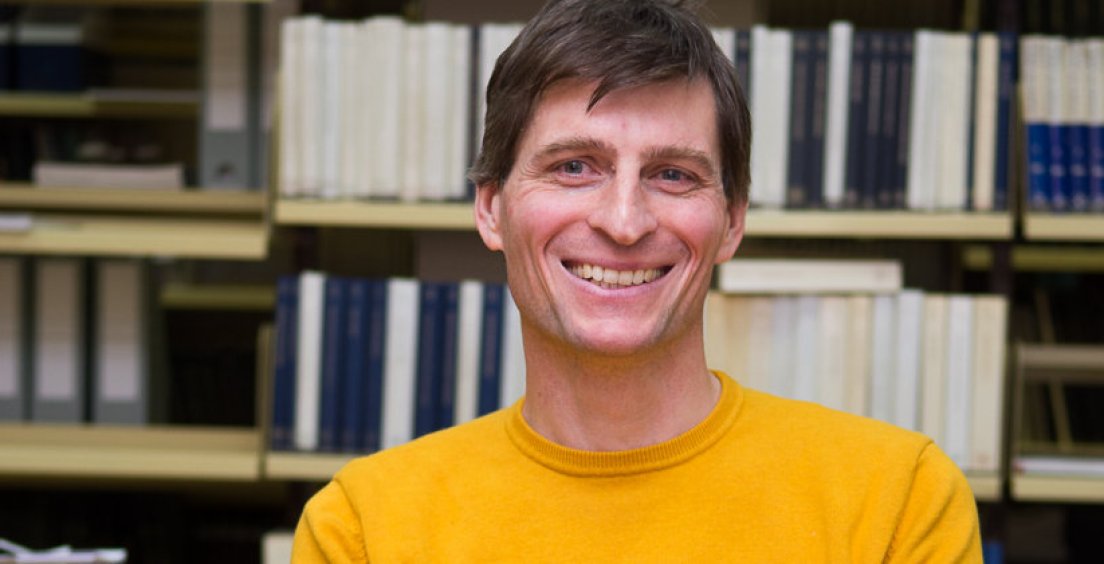
leads the area of asteroid lightcurve inversion and participates in inversion of remote sensing data in general. He has co-published the majority of asteroid models from lightcurve inversion, maintains the Database of Asteroid Models from Inversion Techniques (DAMIT, astro.troja.mff.cuni.cz/projects/damit), and founded the Asteroids@home distributing computing project. He is the first author of the chapter devoted to asteroid models in Asteroids IV book.
The Faculty is a part of Comenius University in Bratislava (FMPI CU), which is one of the largest educational and scientific institutions in Slovakia established in 1919.
The research staff of the division of Astronomy and Astrophysics has a long-term experience with the research on small Solar System bodies, nongravitational effects acting on dust grains in the Solar System and a theoretical research in galactic astrophysics. The investigators are also involved in several international projects (i.e. ESA PECS).
operates own observatory serving as educational and research facility. Various observational programmes on astrometry, photometry of asteroids, comets, space debris and on meteor astronomy are carried out at the observatory.
In addition, the division of Astronomy and Astrophysics runs the original all-sky video meteor detection system AMOS (All-Sky Meteor Orbit System), which has been invented and developed at the observatory. AMOS system and meteor spectral cameras are autonomically running in Slovakia, Canary Islands and Chile (Atacama Desert).

Coordinator UK Bratislava
He is focuses on the physics of interplanetary matter, meteor physics and he is also a specialist in video meteor observations. He is an author
of the video meteor detection system AMOS, which is also running at the Canary Islands observatories of IAC (Teide and Roque de los Muchachos).
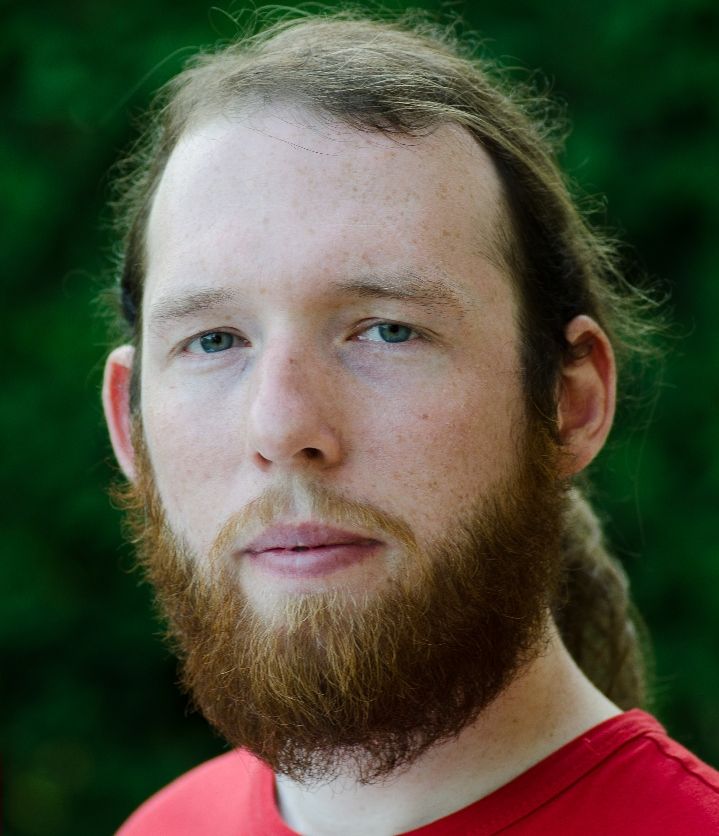
He is an assistant professor at FMPI CU. He has experience with modelling the gravitational field of the Galaxy, simulating the motion of the Sun and studying nongravitational effects influencing the motion of dust grains in the Solar System.
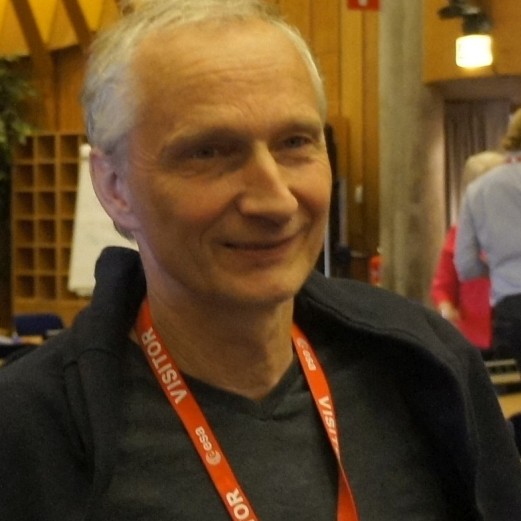
His scientific interests are physics of the interplanetary matter and dynamics of small bodies of the Solar System. He carries out numerical simulations of meteoroid streams and examines generic relations between streams and parent bodies. He is one of the coordinators of the international database of meteor orbits EDMOND.
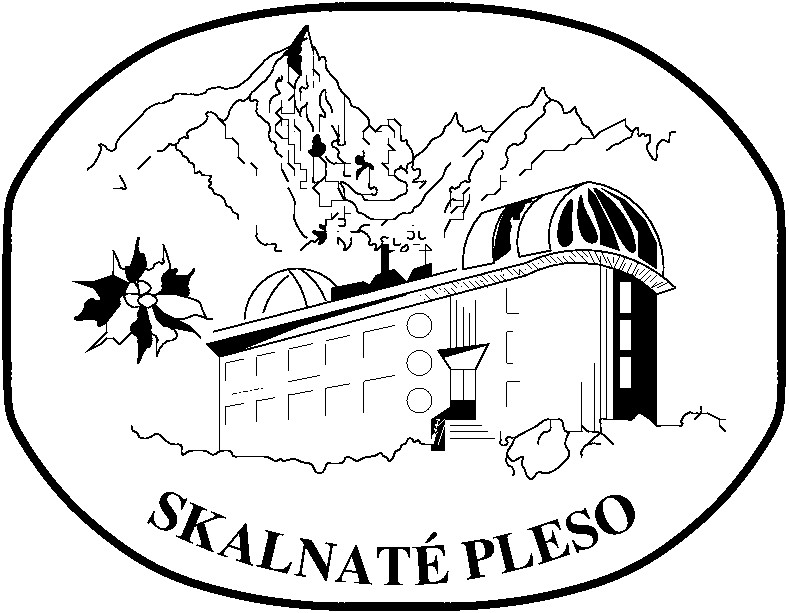
The Astronomical Institute of Slovak Academy of Sciences (AISAS) is the leading astronomical research institution in Slovakia. It is operating three observatories located in High Tatras area – Lomnicky peak Observatory (2630m), Skalnate Pleso Observatory (1770m) and Stara Lesna Observatory (800m).
AISAS consists of 3 scientific departments: Department of Solar Physics, Department of Interplanetary Matter and Stellar Department. As the names of departments indicate, the research areas of AISAS are focused on solar physics, physics and dynamics of interplanetary matter and stellar astronomy.
Coordinator AI SAS / deputy director of AI SAS
His scientific expertise covers broad range of planetary dynamics, Solar System
small bodies dynamics (asteroids, comets and meteors) and dynamics and stability of exo-planetary systems.
Director of AI SAS
The main field of his work is the investigation of magnetic structures and active events in the solar atmosphere.
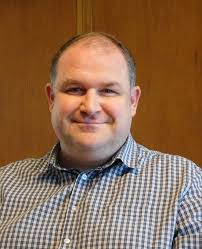
Scientific secretary of AI SAS / Head of stellar department
He is focused in the optical, near-infrared CCD photometry and optical spectroscopy of multiple
stellar systems.
Senior researcher
Her research interests are photometry, spectroscopy, polarimetry of small bodies of Solar System.
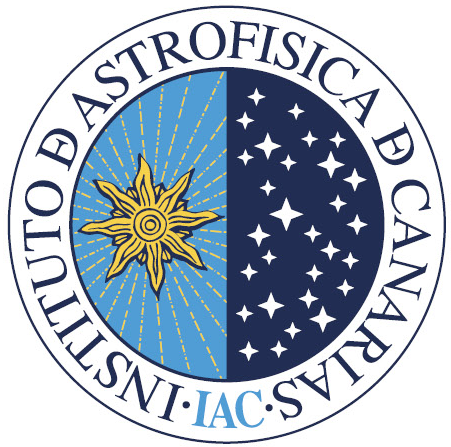
Furthermore, the IAC is responsible for the Observatorio del Teide (Izaña, Tenerife) and the Observatorio del Roque de los Muchachos (Garafía, La Palma). The IAC is also devoted to the development of state-of-the-art astronomical instrumentation, playing a key role in in the design and construction of several instruments for the next-generation of optical telescopes.

Coordinator IAC - He is the primary contact point for the project for the IAC. He is a postdoctoral researcher based at the Instituto de Astrofísica de Canarias on the Spanish island of La Palma. He has also worked at the European Southern Observatory’s Paranal Observatory in Chile, the Universidad de Atacama, the Isaac Newton Group of Telescopes, and the Jodrell Bank Centre for Astrophysics. His interests cover all aspects of binary stellar evolution, but with special focus on the common envelope phase and the formation of planetary nebulae.

He is advanced postdoctoral researcher at the Instituto de Astrofísica de Canarias. During his research career he has also worked as postdoctoral researcher in the Universidad Nacional Autónoma de México and as a support astronomer at the Canary Islands Observatories. His main research field is focused on the study of the physics of the interstellar ionized gas, particularly on precise determinations of chemical abundances in HII regions and planetary nebulae.